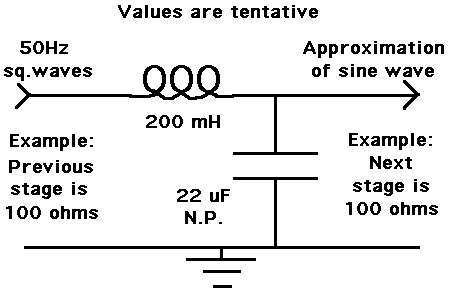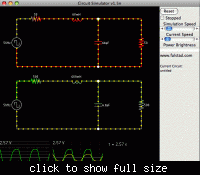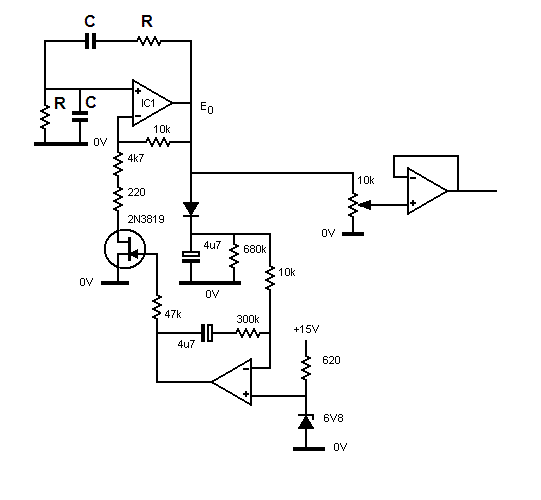baghu
Newbie level 6

I have this board for generating square waves:
https://circuitsdiy.com/inverter-oscillator-board-using-flip-flops-74ls112
I want to convert this square wave output of the oscillator to a nearly sinewave output without much hassle. I want to feed the near sinewave output to an audio amplifier and then the output of the amplifier to a 12V to 220V-24watts step up transformer. My load will be around 220V, 10-12 watts but it needs near sinewave like that from the output of an APC UPS. Squarewaves don't drive it. (The load is a vibration based air-pump.). Please help me. Thanks. :smile:
EDIT: The frequency is 50 Hertz.
https://circuitsdiy.com/inverter-oscillator-board-using-flip-flops-74ls112
I want to convert this square wave output of the oscillator to a nearly sinewave output without much hassle. I want to feed the near sinewave output to an audio amplifier and then the output of the amplifier to a 12V to 220V-24watts step up transformer. My load will be around 220V, 10-12 watts but it needs near sinewave like that from the output of an APC UPS. Squarewaves don't drive it. (The load is a vibration based air-pump.). Please help me. Thanks. :smile:
EDIT: The frequency is 50 Hertz.







